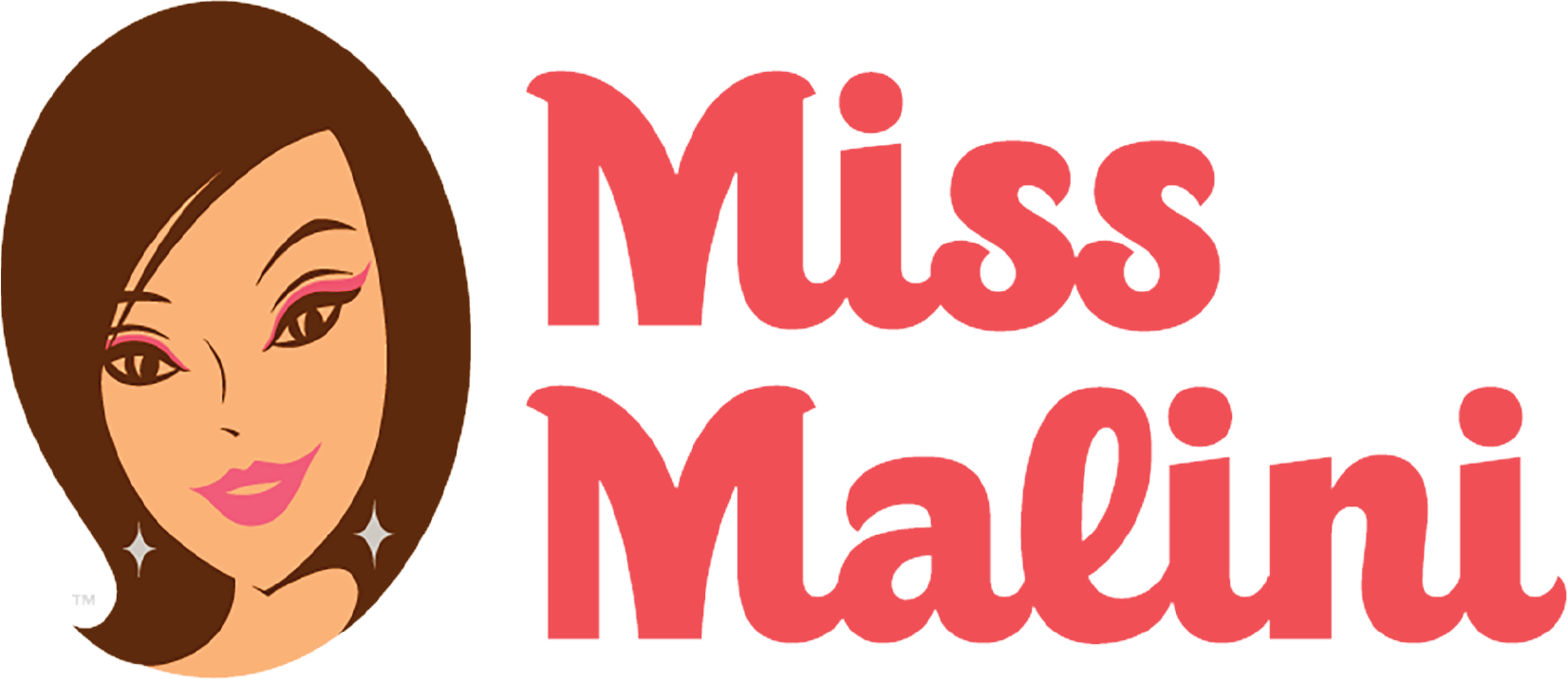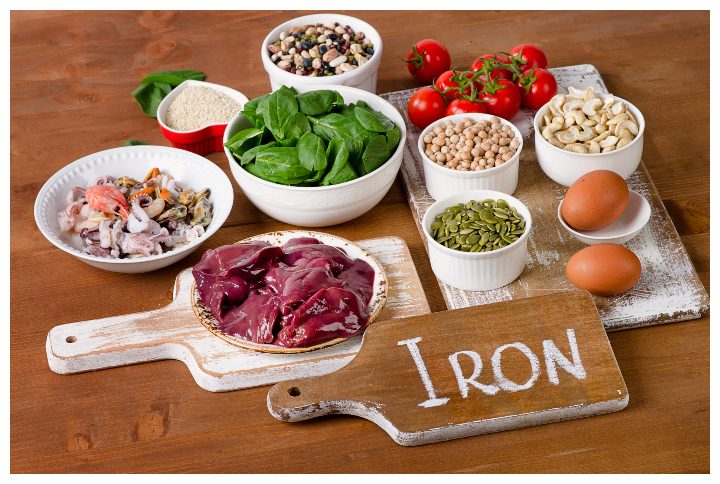If you’re anything like me, you dread that time of the month. Every three to four weeks Aunt Flo comes over, sets up her reign in your uterus, tearing down its walls just as a reminder that–’Hey, you’re not pregnant!’ While for some our period can be a relief, for others it’s just a time of the month that they dread due to various (mostly painful) reasons. One of these reasons is Menorrhagia, a term to describe excessive blood loss due to an abnormally heavy flow during a woman’s period. As a result of the extreme blood loss, women can suffer from anaemia, which in layman terms is iron deficiency.
I spoke to Chief Nutritionist & Clinical Dietitian at NutriBond, Ms. Huda Shaikh about Menorrhagia. She shared details on what Menorrhagia is, what are its symptoms and consequences, and most importantly, a diet plan you should stick to. Stay tuned till the end, ‘cus she shares some expert tips to follow if you have anaemia.
What is Menorrhagia?
Ms. Shaikh states,
Menorrhagia is a term which is used to define menstrual periods with heavy or prolonged bleeding. So, women with menorrhagia could experience excessive menstrual bleeding and cramps which possibly affects her normal schedule or chores.
How would you know that you are suffering from Menorrhagia?
Ms. Shaikh mentions that if your blood loss is significantly heavy, it could be an indicator that you’re likely suffering from Menorrhagia.
Heavy bleeding occurs when you bleed more than 80 ml of blood during your monthly cycle compared to the normal of 10-35 ml. Some symptoms are:
- Expelling large blood clots.
- Bleeding for more than a week.
- Needing to use double protection–a pad and tampon at the same time.
- Having to change a pad every 2 hours or less.
- Needing to get up in the night to change a napkin due to heavy bleeding.
- Excessive bleeding which could interfere with your daily chores.
- Bleeding through your clothes or staining them even after using protection.
- Feeling tired, fatigued or experiencing shortness of breath.
Thus, a direct consequence of excessive blood loss is iron deficiency anaemia.
What is iron-deficiency anaemia?
Anemia is a condition that occurs when you have low levels of hemoglobin. Hemoglobin is a protein inside your red blood cells which carries oxygen to your tissues. Iron is an essential micronutrient which is required for oxygen transport to cellular respiration. Not getting enough iron through the diet or losing significant amounts of blood can lead to iron-deficiency anaemia.
What are some diet tips to treat iron deficiency?
Women who suffer from Menorrhagia must ensure that they consume foods rich in iron and vitamins which are essential to hemoglobin and red blood cells production. Ms Shaikh explains the two different kinds of iron that we can consume:
- Heme Iron: It is found in meat, poultry and seafood.
- Non-Heme Iron: It is found in plant-based food sources and foods fortified with iron.
The recommended daily intake for an average female adult is 18mg/day.
Here are the foods you need to include in order to up your iron levels:
- Green leafy vegetables (such as spinach, kale, beet green, romaine lettuce)
- Nuts (such as pista, cashews, pine nuts)
- Garden cress seeds
- Liver
- Lamb meat
- Seafood (such as tuna, salmon, halibut, sardines)
- Dried fruits
- Beans (such as kidney beans, chickpeas, black-eyed beans, soybean, peas)
- Legumes
- Amaranth
- Oats
- Quinoa
- Flaxseeds
- Sesame seeds
- Pumpkin seeds
- Hemp seeds
- Sunflower seeds
Some lifestyle tips to follow if you have anaemia:
- Always cook food in an iron cast vessel because it can then absorb iron from said vessel.
- Avoid eating iron-rich foods with foods which could block its absorption. These include foods like coffee, tea (caffeine blocks the absorption), eggs, foods high in oxalates and foods high in calcium.
- Eat iron-rich foods with foods rich in Vitamin C such as lemons, oranges, strawberries and tomatoes.
- Consume iron-rich foods with foods that are rich in beta-carotene such as pumpkin, sweet potato, red pepper and apricots.
- If you are a non-vegetarian, try and eat heme and non-heme containing iron sources together for better absorption.
- Include foods rich in folate (such as eggs, leafy greens, citrus fruits, legumes, nuts and seeds) and Vitamin B 12 (such as chicken, eggs, meat, eggs, milk and milk products) to support red blood cell production.
- Avoid having caffeine post your meals as it could affect iron absorption.
Now that is a plethora of helpful information, isn’t it? Ms Shaikh has it down to a tee. Share this diet plan with your friends who might suffer from heavy bleeding, and help them out.
Follow @missmalinilifestyle to never miss a beat!

